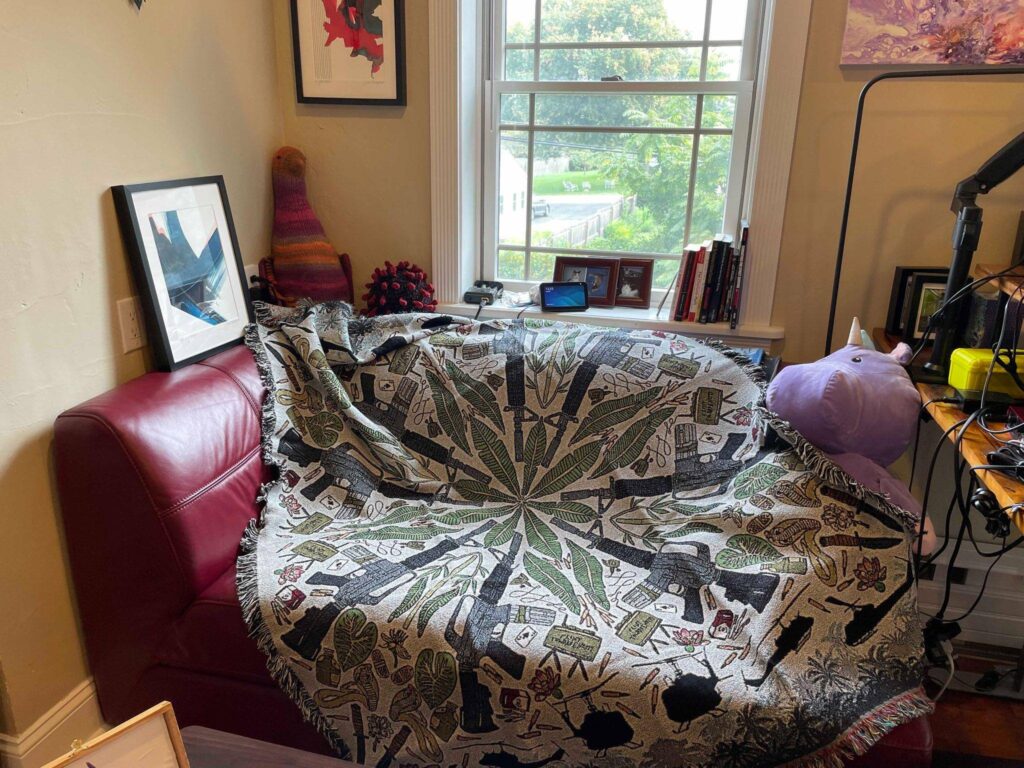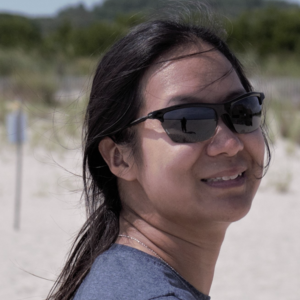
The idea of a “safe space” has been much maligned over the years, but I’m not so sure that it deserves all of the badmouthing it gets. In fact, I think that not only should safe spaces of a kind be respected and appreciated, we all should make sure we have at least one. Stay with me for a few minutes here, and let me tell you why.
Safe spaces are supposed to be areas – physical or psychological – where you don’t feel in exposed to danger. Very often, they are described as places where there is a focus on inclusiveness, respect, security, and freedom from harassment, ridicule, or disagreement. They’re known as places where negativity isn’t welcome. Their poor reputations often stem from their use to create super politically correct zones that are free from challenge or offensiveness of any kind, often as judged only by a particular group. Critics blame them as giving individuals an unrealistic escape from the real world, a way of avoiding conflict entirely and immaturely, and even an implication that other spaces aren’t safe.
It’s true that some safe spaces are intended and constructed in ways that are ultimately unproductive, but that doesn’t mean they’re all bad.
After all, much of the world is or can be unsafe. That implication is true, and that is not bad; it is, simply, the way of the world. For those of us who have faced trauma of one type or another, there are real physical effects to go with the emotional pain of having the injury of that trauma picked or poked at. The very core of severe traumatic stress is that parts of the regular world feel almost insurmountably unsafe and our bodies respond and prepare accordingly. Having somewhere to go to be relieved of that hurt for a time is compassionate to those who are suffering, and it can be healing for both minor and major traumas. Much the same way as a physical injury needs rest and gentle activity to recover, emotional injuries do too.
Even for those of us who are not recovering from trauma, potential dangers that we may need to defend ourselves against exist. Bad guys are out there, no matter how much we want to believe that everyone is a good person at heart. Some people are evil; some just don’t care about anyone who gets in the way of their goals. They may be the creepy stranger in the alley, or the creepy friend of a friend, or even someone nearer and dearer to us. Regardless, there is a reason that it’s so much more difficult when they do violence against us in our homes, in our familiar places, in the spaces where we, well, feel safe. It’s because those sanctuaries are vitally important, because as humans we need to have somewhere we can completely let down our guards, be “condition white” as it were. It is no bad thing to seek and to build places where we can rest, and heal, and be protected for a time from the bad things in life.
Those places are also an important part of being gentle with ourselves, of allowing ourselves somewhere we do not feel that we have to fight for our existence or our points of view or even just our ability to think quietly and peacefully. Giving ourselves permission to simply be is an important aspect of self-care, and one that is often skipped over because we are in a time where relaxation is an indulgence and combativeness is a way of life. Yet, when we find that moment to turn off the electronics, escape from social commitments, or take real vacations from work, we emerge refreshed and wondering why we don’t steal away more often so that we can return more ready to take on all comers. We lament that mothers of young children feel shame and guilt over enjoying a bathroom break or shower without interruption, knowing that her individualism need not be subsumed in her children. We recognize the desire to get away, to have peace, even if we have trouble accepting its necessity. I suggest, then, that creating and being willing to take advantage of spaces where we feel protected and comfortable – safe spaces – shouldn’t be rejected as signs of weakness, but rather as indications that we are strong enough to draw boundaries around our internal lives, our very identities.
Besides, having a safe space we can retreat to doesn’t mean we can’t and shouldn’t venture beyond it. In fact, our time there can help us prepare to go outside, whether by simply giving us rest and respite, or by being a nonjudgmental area where we can learn what we need to manage when we’re away from it. Safe spaces can even be challenging, but in a way that builds us up instead of tearing us apart. Think, for instance, of a self-defense class where we can stumble through new techniques and struggle with using them against even the friendly resistance of our classmates. We can have the threat of losing without the real-life consequences of failure, where the cost of not succeeding may be frustration or good-natured teasing, but not death or even worse, embarrassment. Or consider the therapy sessions where we dig deep to discover the causes of our pain and our difficulties, relive that past awfulness, then begin the hard work of rewiring our brains to allow us to live happier, healthier lives. Without physical and emotional places like that, we can only tread water and hope not to drown.
Far from being a way of putting our heads in the sand, safe places are refuges that can protect us for a time so that we can heal, refresh, and prepare to face all of the tough parts of life. And all of us need and deserve that peace.




